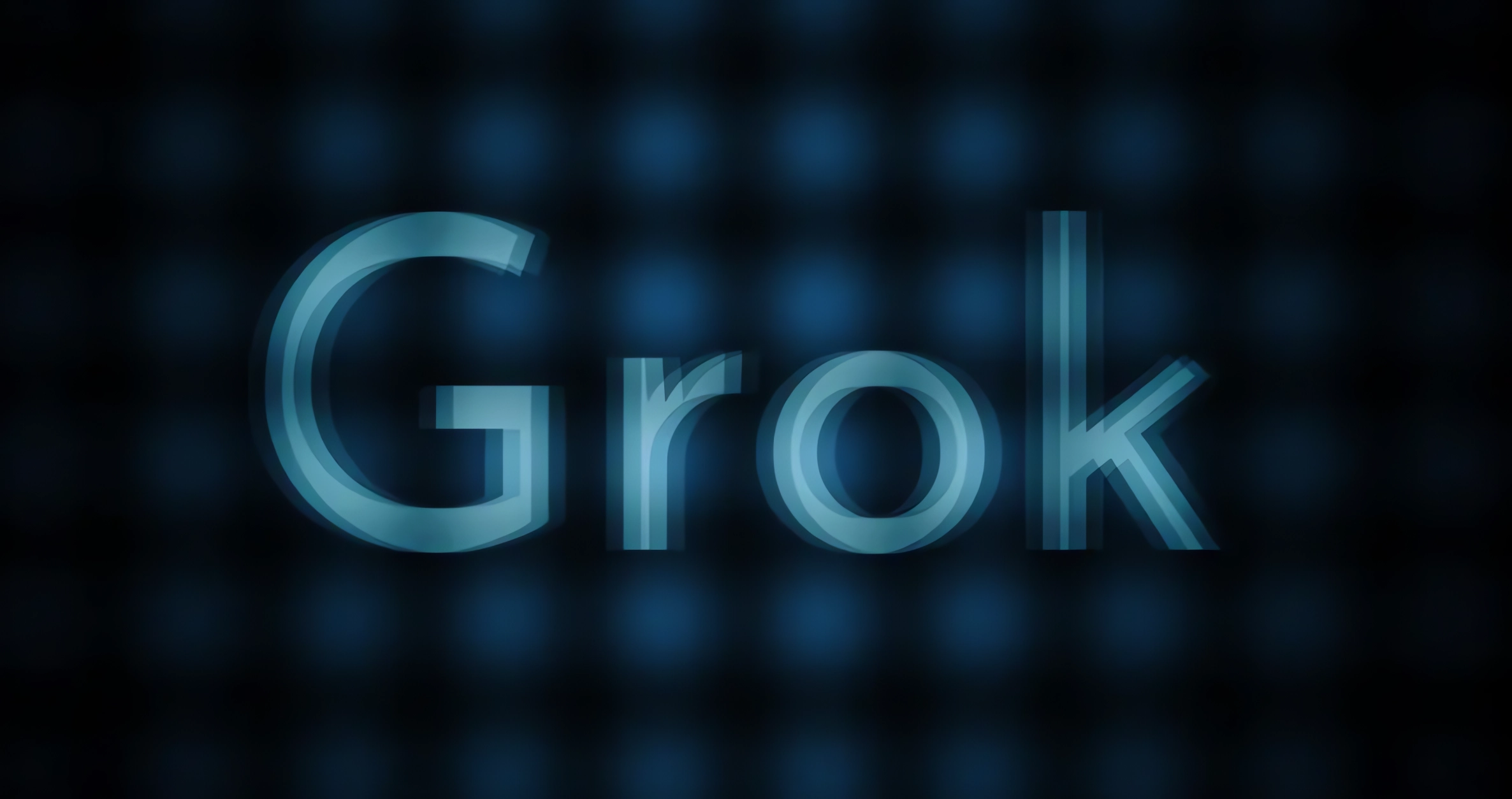As writers, our early fears revolved around plagiarism checkers, making sure that every word we wrote was authentically ours. But now, with AI in the picture, the challenge has shifted. Companies and clients aren’t just worried about the content being original anymore; they’re extremely wary of AI-generated writing.
Fair enough, there’s always a demand for human-crafted stories. But how reliable are these AI detectors in proving the same?
Lately, many freelance writers have taken to LinkedIn, frustrated by the inaccurate results of these tools. One writer shared his experience on the platform and said, “ZeroGPT and Copyleaks are scamming people. No AI detector is accurate.”
It’s a conversation that’s only getting started.
If we were to trust these tools, we’d believe that even our Holy Books are AI-generated! A LinkedIn user posted that the Bible is “97% AI-generated”, but considering that the earliest writings in the Bible date back to around 1400 BC, written by communities of scribes, the tools’ accuracy is a question.
Curious to know how the tools work, we added the Bhagavad Gita content, and here’s the result.
So, the Bhagavad Gita, part of the Mahabharata, written at some point between 400 BCE and 200 CE by the sage Ved Vyasa is also credited to AI. There’s more, even the Preamble of the Indian Constitution is supposedly AI-generated, according to these flawed AI detectors.
But Why Do AI Detectors Go Wrong?
While AI detectors can be considered a helpful starting point for assessing content authenticity, they can’t guarantee 100% accuracy. This is because these tools, still in their infancy, are evolving to match the sophistication of modern AI writing. Each detector varies in effectiveness because they rely on different training datasets.
Also, the line between AI-generated and human-written content is becoming increasingly blurred. Advanced AI writing tools now produce content that closely resembles human writing, making it a task for detectors to distinguish between the two.
So, to truly understand the reliability of these tools, it’s important to know how they operate. The detectors are typically trained on datasets containing both human and AI-generated text. By analysing this data, they identify specific characteristics that are more likely to appear in AI-written content.
Experts noted that the two major traits these tools focus on are perplexity and burstiness. Perplexity measures the unpredictability of the content. AI-generated text usually has lower perplexity, making it more predictable, while human writing tends to be more varied and less predictable.
Burstiness refers to the variation in sentence length and structure. AI content tends to be more uniform and steady while human writing often exhibits a mix of long and short sentences. Other qualities that detectors flag as AI include the repetition of words, repetitive sentence structures, a generic tone, and more.
Companies Want to Move Away from AI Content
There are a few reasons why clients and companies are very particular about their content. Data suggests that the entire process – from writing to publication – can be completed in as little as 16 minutes with AI, compared to an average of 69 minutes for humans. Despite this efficiency, the question of trust remains significant for organisations and customers.
According to the Hootsuite Social Media Consumer 2024 Survey, 62% of consumers are less likely to engage with or trust content if they know it is AI-generated content. It further reflects on the traffic or engagement of the content too.
Neil Patel, the co-founder at Neil Patel Digital, noted, “If everyone uses AI to create content, and if AI uses data already available to develop these projects, we won’t have anything new and authentic anymore.”
It appears that only marketing professionals are confident in AI, while consumers remain sceptical.
How to Solve This?
Freelance writers have a few suggestions for the clients. According to them, there must be an experienced content editor or manager to run through the content and decide if it reads ‘AI-written’, suggest the changes, tweak, if needed, and then push it through the AI detectors (preferably multiple, to compare the results and conclude whether it’s human or AI-written).
There is a worry that AI-generated content won’t rank on Google. It’s important to note that mobile disparities, website quality issues, accidental content alterations, and technical SEO challenges can also negatively impact traffic. So, it’s not just AI-generated content that’s sending your views crashing.
As the entire AI system is new and evolving every day, the clients and companies need to exercise a bit of patience before rushing to conclusions and rejecting writers. The technology is still finding its feet, and quick judgments could mean overlooking real human talent in the process.

 6 months ago
46
6 months ago
46


